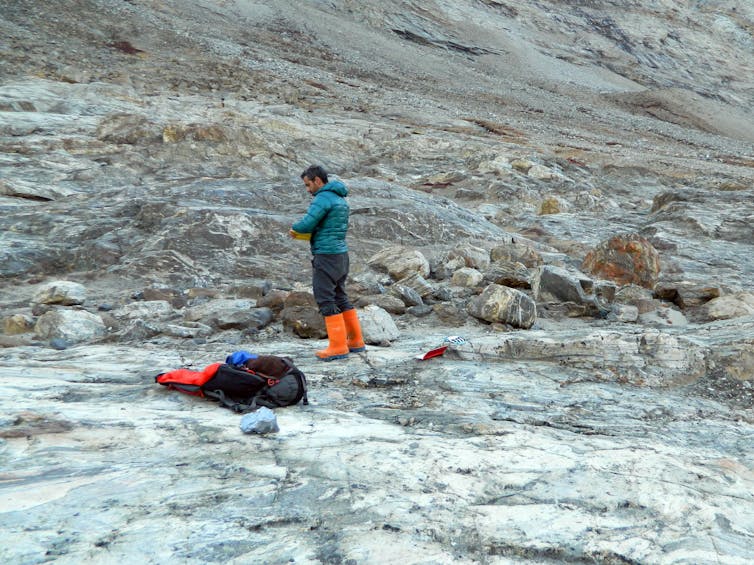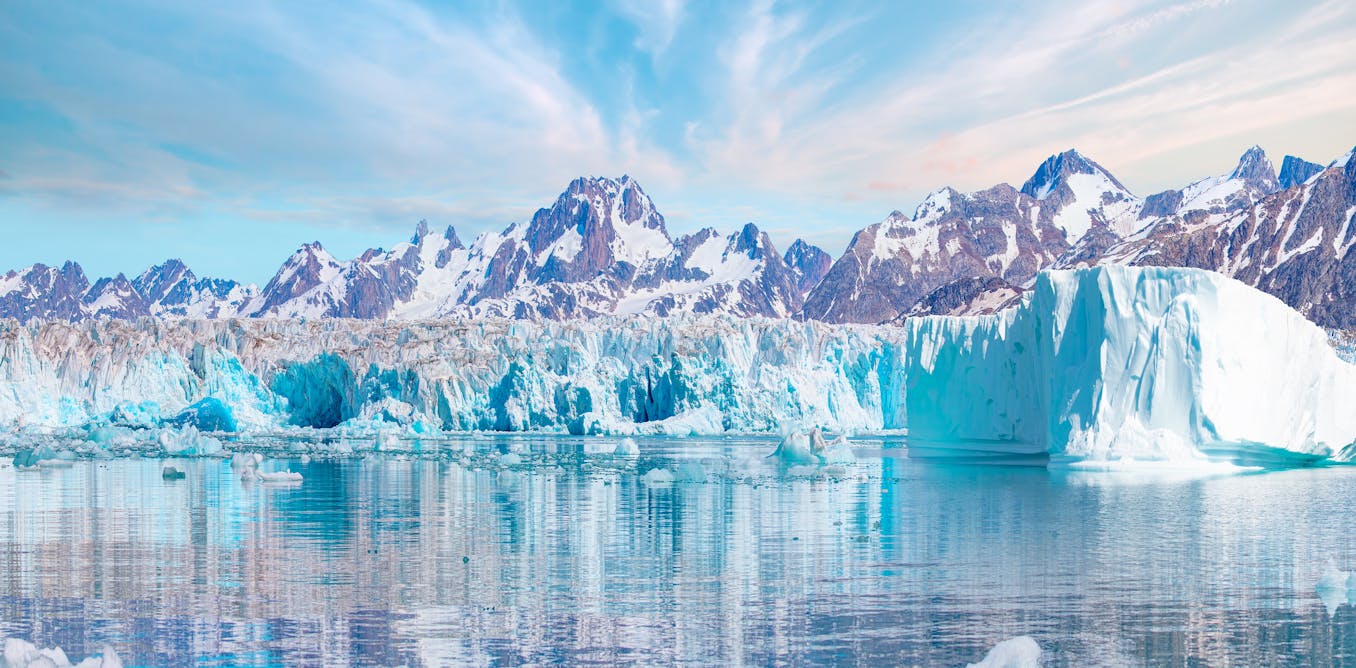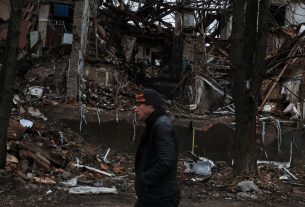For most of us, first-hand knowledge of Greenland is probably limited to flying over it en route to North America. It’s likely that you’ve heard more about it over the last few months than in the rest of your life combined, but geopolitical debates aside, Greenland is also of vital importance for research into the climate and environment.
In recent decades this territory – 80% of which is covered with ice – has recorded a loss of frozen mass that outpaced previous estimates by 20%. This rapid reduction not only has consequences for Greenland’s 56,000 inhabitants, but also on a global scale, as it affects rising sea levels and the balance of the planet’s climate systems.
Marc Oliva. NEOGREEN and PALEOGREEN projects, CC BY-SA
Understanding the current dynamics of ice loss and glacier retreat requires a long-term view. This means drawing a line between the changes happening now and the climatic and environmental conditions of thousands of years ago.
We can reconstruct these past dynamics with information from various sources, such as cores extracted from the ice sheet, or by dating the rocks transported and deposited by ancient glaciers. Sediments accumulated in Arctic lakes also provide valuable data for identifying natural and anthropogenic (human-caused) climate variations over time.
Information on ecosystems free that are from human intervention is also essential to understanding their evolution. Data obtained in the field allows us to calculate the thickness of the ice at different times, and to reconstruct its environmental transformations in the face of climatic changes.
As well as providing insight into the past, this data helps to project future scenarios more accurately. Direct observations, combined with tools such as remote sensing and modelling, make it possible to anticipate how ecosystems might evolve in the face of rising temperatures. This integration is key to land use planning and adaptation, and not just in polar regions.
A new coastline
Greenland’s coastline is being redrawn, both by changes in the extent of surface ice and by melting glaciers flowing into the sea. Between 2000 and 2020, the retreat of these glaciers in the Northern Hemisphere has led to an increase of 2,500km in the length of the Arctic coastline. Most of the new ice-free areas can be found in Greenland.

Marc Oliva. NEOGREEN and PALEOGREEN projects, CC BY-SA
In addition to glacial retreat on land, coastal areas are impacted by a decrease in both the extent and duration of sea ice. This intensifies coastal erosion, with shorelines retreating up to 20 metres per year in some areas.
These transformations have a significant impact on permanently frozen ground (permafrost), which is more exposed to marine storms and the degradation they cause. Melting permafrost not only releases large quantities of greenhouse gases, but also makes coastal areas more vulnerable to rising sea levels.
Arctic changes, global consequences
Scientific research is essential to understanding the ongoing climatic changes that are affecting polar regions such as Greenland.
Phenomena such as retreating glaciers, thawing permafrost and shifting coastlines are all moving fast. These processes not only impact the landscape, they also have a profound effect on local communities. Their wider repercussions are global, impacting the north Atlantic which in turn influences sea level rise, shifting climate patterns, and the behaviour of ocean currents.
Beyond the effects on the natural environment, such as the loss of coastal areas and biodiversity, these transformations have significant social and economic consequences. These include the rising costs of adapting to more frequent and intense storms, which directly threaten territories like Greenland and their inhabitants.
A laboratory in Greenland
In the face of widespread retreat of polar glaciers and the projected deglaciation of large areas of the Arctic, it is essential to understand how, and how quickly, areas change after ice disappears.

Proyecto NEOGREEN, CC BY-SA
In this context, the GRELARCTIC project continues research carried out in Greenland in recent years, both on postglacial evolution and how it may affect global climate change.
This new research phase will study changes from the depths of inland glaciers all the way to the coastline. It will address key areas such as plant colonisation to understand which species settle more rapidly in the areas exposed by ice loss, as well as the evolution of snowpack to analyse annual dynamics and long-term trends, and the way changing river courses impact the environment.
This data is essential for understanding how Arctic ecosystems respond to environmental variations. Greenland does not just reflect climate change: it predicts it. Understanding how this region adapts to a warmer climate offers crucial clues for anticipating transformations in other parts of the planet.



